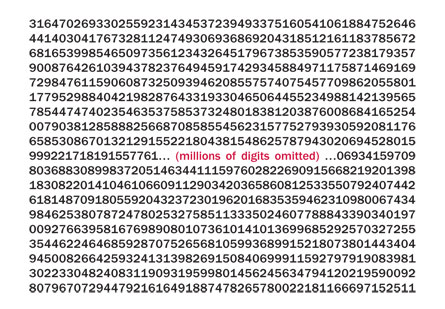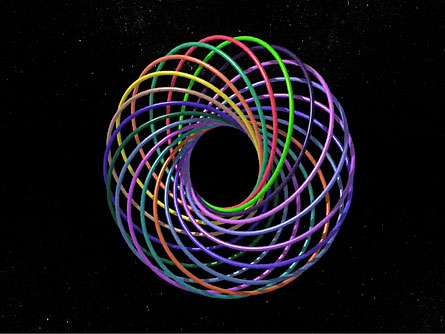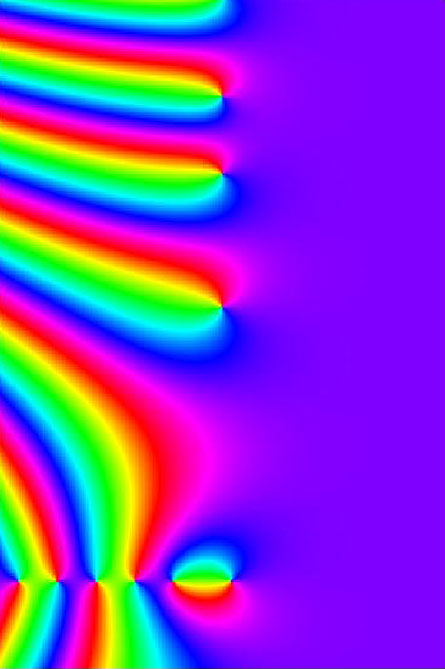Math success doesn’t add up for U.S. girls
Environment may play important role
The perception that girls don’t measure up to boys when it comes to math was refuted by a study of more than 7 million students in 10 states. Reporting in Science on July 25, a group of researchers argue that boys’ higher SAT math scores are a statistical artifact that results because more girls take the test.
Peer pressure, gender stereotyping and low expectations have more to do with the dearth of women in math than ability, scientists report in the November Notices of the American Mathematical Society (SN: 11/8/08, p. 10). “It’s not that girls don’t have the intrinsic aptitude to excel at this level, but that something’s happening in the U.S. to inhibit it,” says study author Janet Mertz of the University of Wisconsin–Madison. An international study of 15-year-olds also reveals that male scores on tests tend to be more variable than female scores, scientists report in the Nov. 28 Science.
Beautiful game A theorem identifies cases in which infinite-choice games will have at least one Nash equilibrium — a situation in which each player gets the best deal possible (SN: 11/8/08, p. 10).
Leafy networks Using an artificial model of a leaf, scientists unveil a mathematical principle underlying how leaf veins are arranged to enable plants to perspire as fast as possible (SN Online: 6/30/08).
Infinity, small or big A mathematician develops a new proof to show that infinity comes in different sizes (SN Online: 1/8/08).

Primequest The Great Internet Mersenne Prime Search, a cooperative computing project, helps find a prime with nearly 13 million digits (SN Online: 9/20/08).

Knot of light Researchers find a theoretical way to tie light into complex knots and links (SN Online: 9/12/08).
To stop a pandemic Researchers propose a new strategy for distributing shots that could, at least in theory, stop a pandemic from spreading through networks of social interactions (SN Online: 7/4/08).
Accidental astrophysicists Mathematicians who thought they’d extended a fundamental result in algebra also prove Sun Hong Rhie’s conjecture on gravitational lensing (SN Online: 6/13/08).

Creeping up on Riemann Two mathematicians find the first example of a third-degree transcendental L-function, which could help them prove Riemann’s famous prime number conjecture (SN Online: 4/2/08). Another new study suggests that electrons in certain quantum systems could embody all the information necessary to solve the conjecture. The graph above shows points (where all colors meet, along one vertical and one horizontal axis) at which calculation of Riemann’s zeta function would give zero values (SN: 9/27/08, p. 14).






